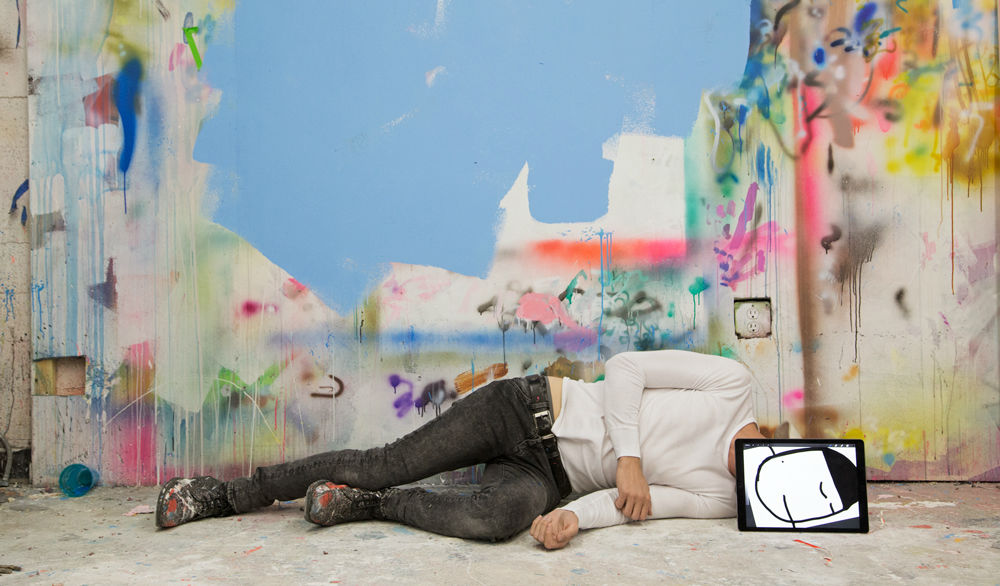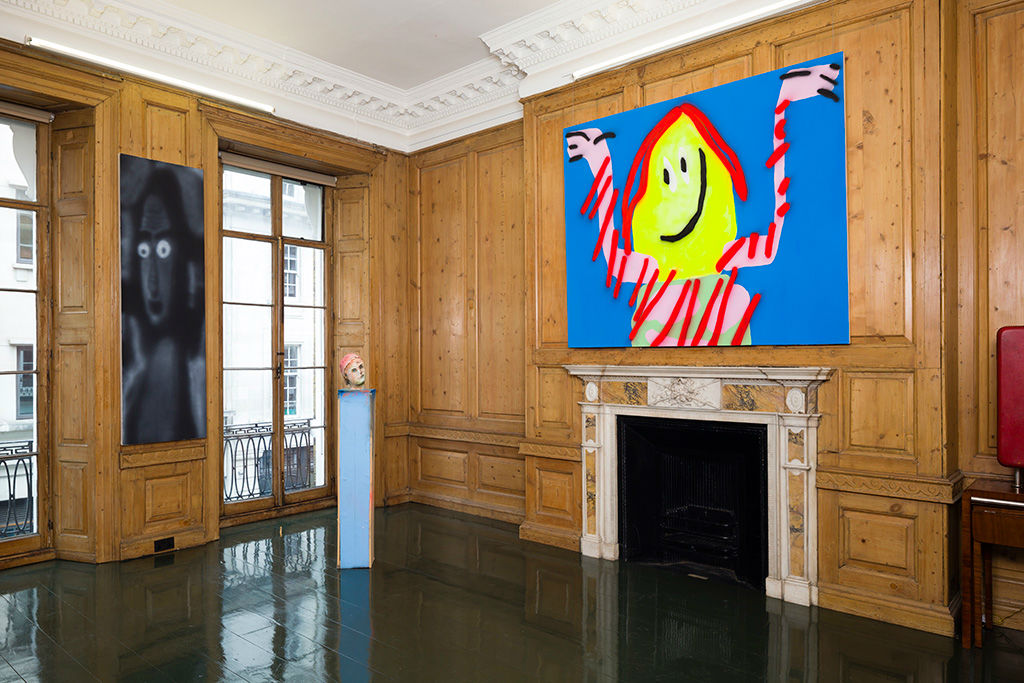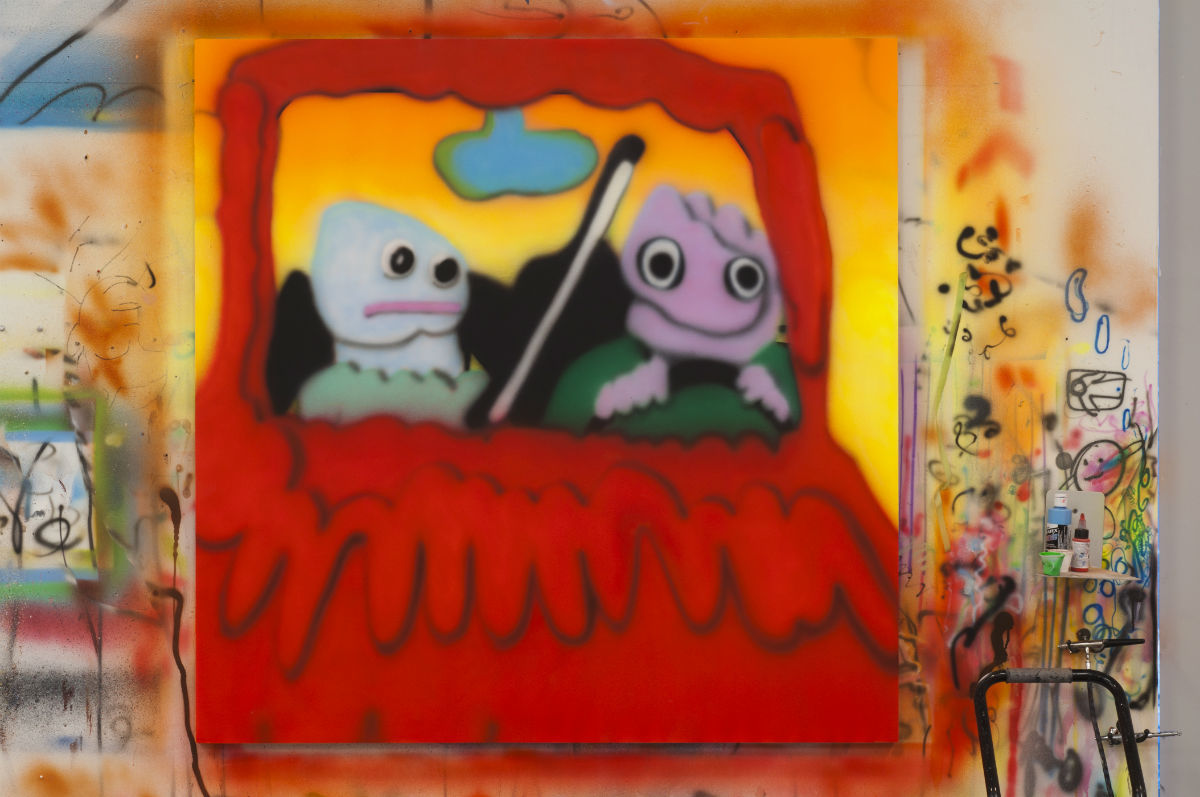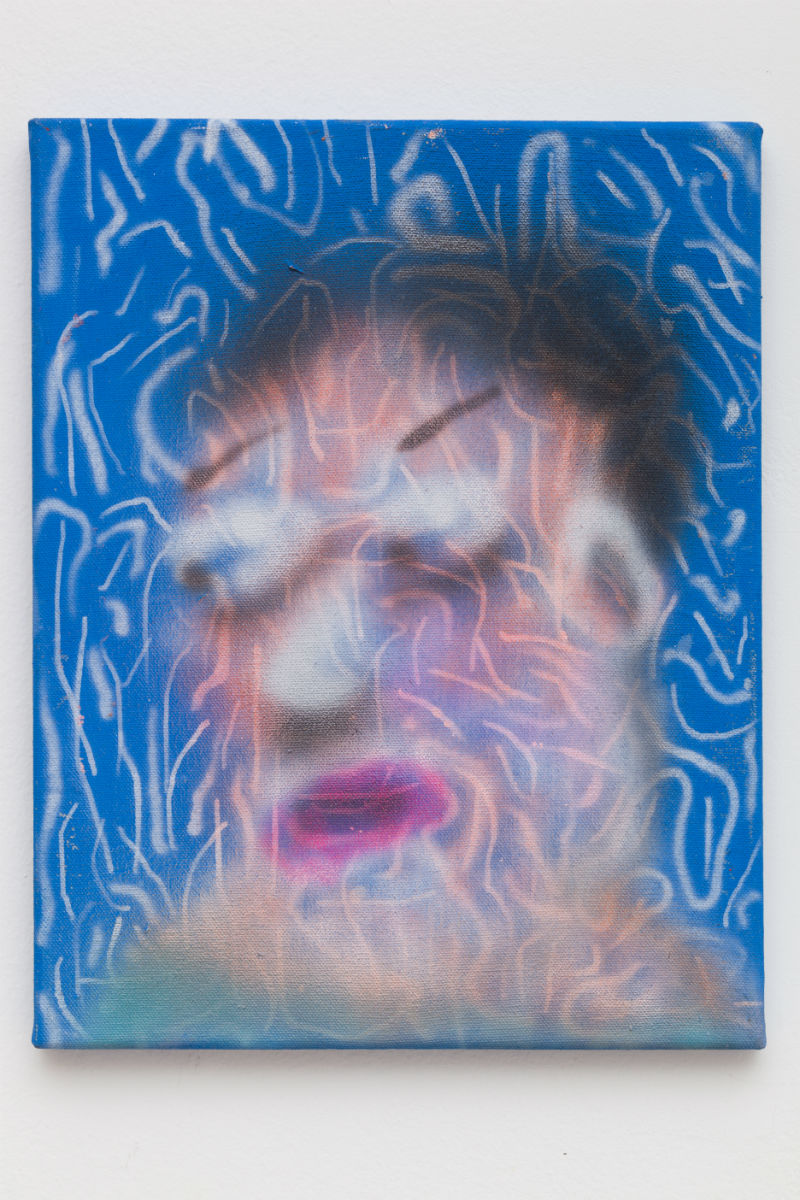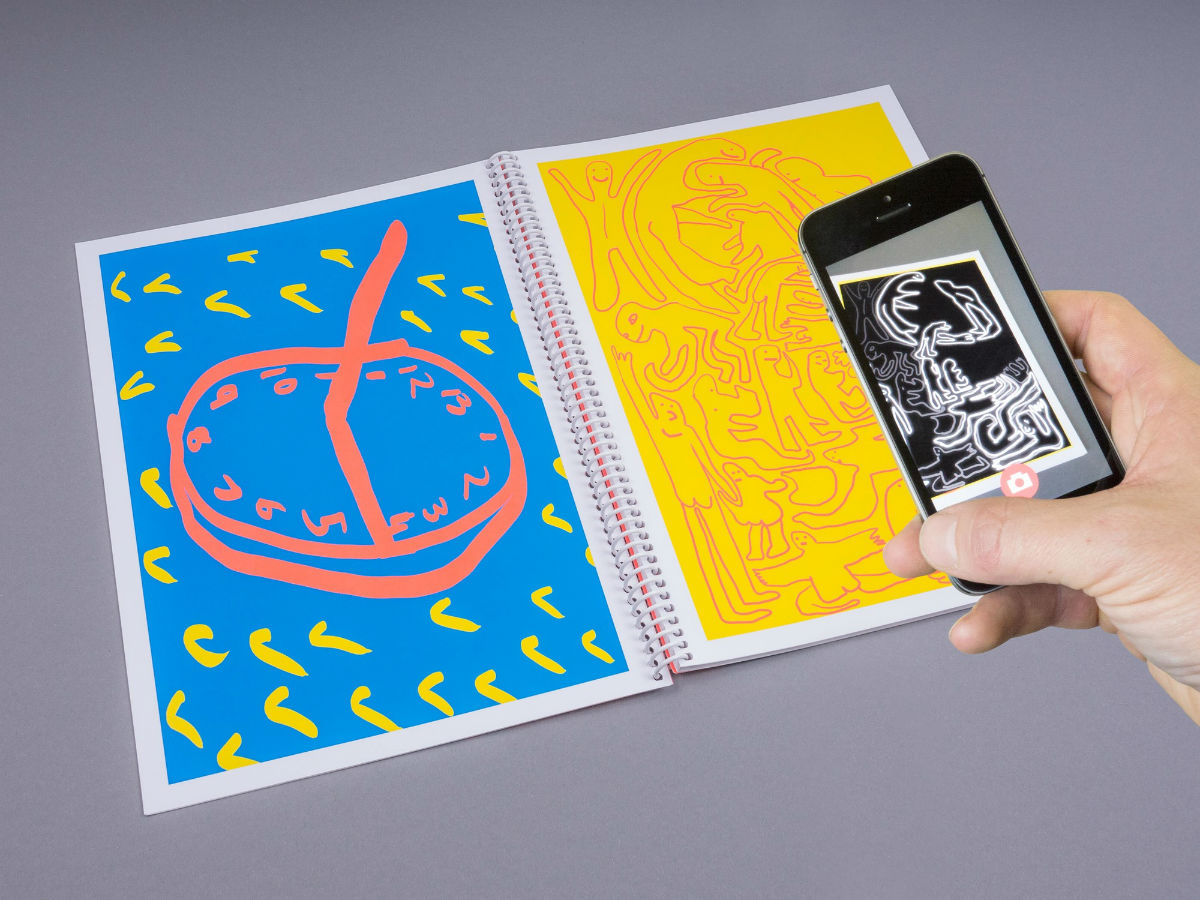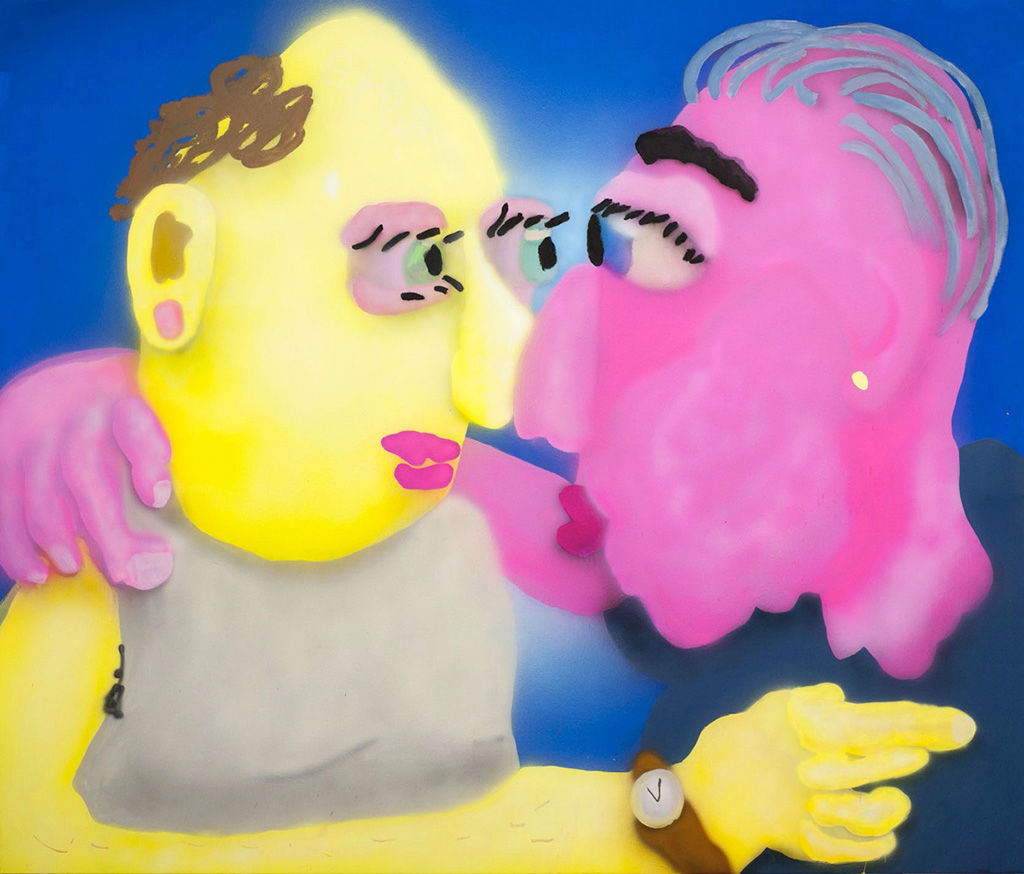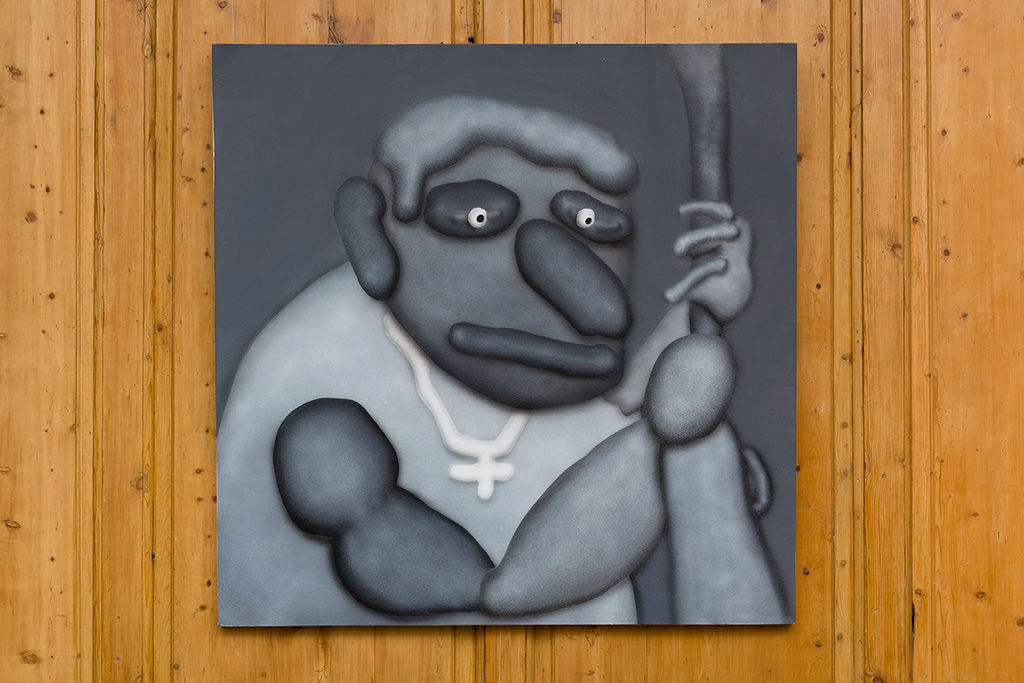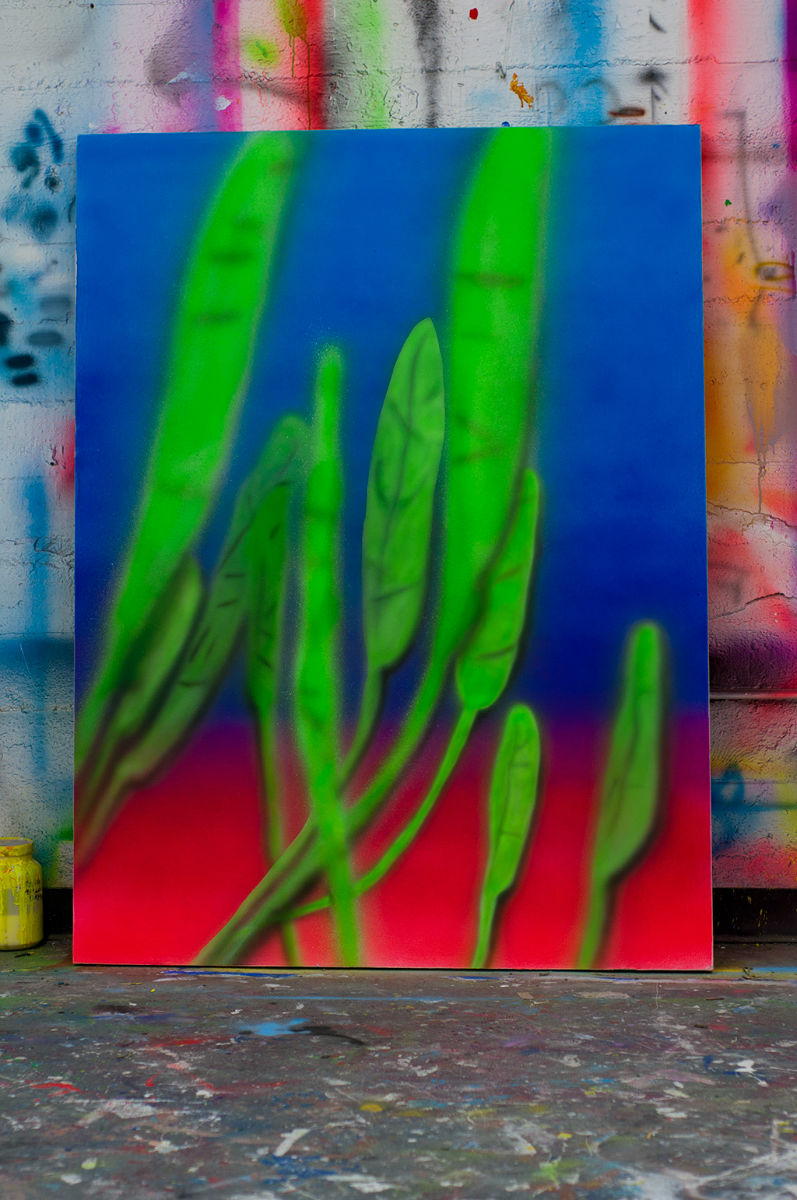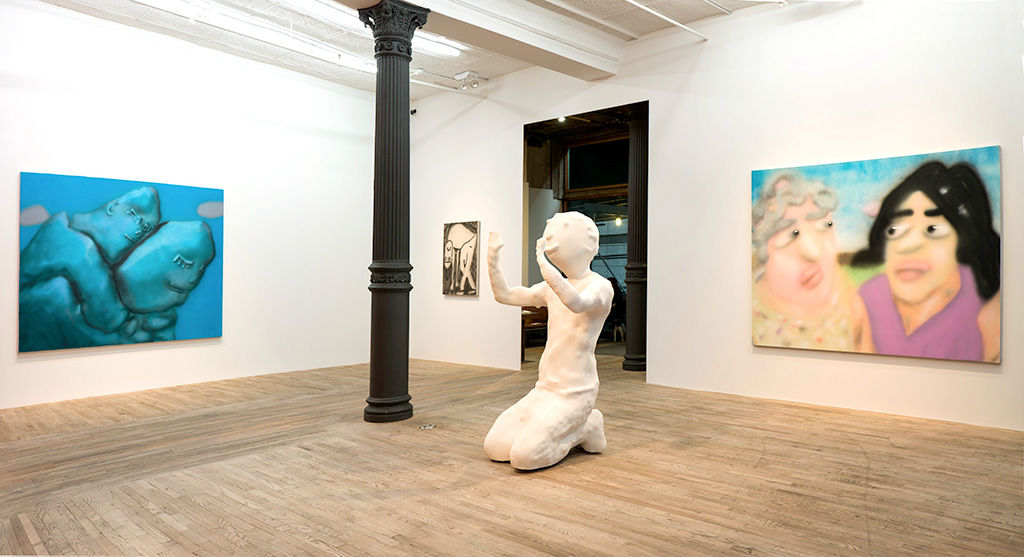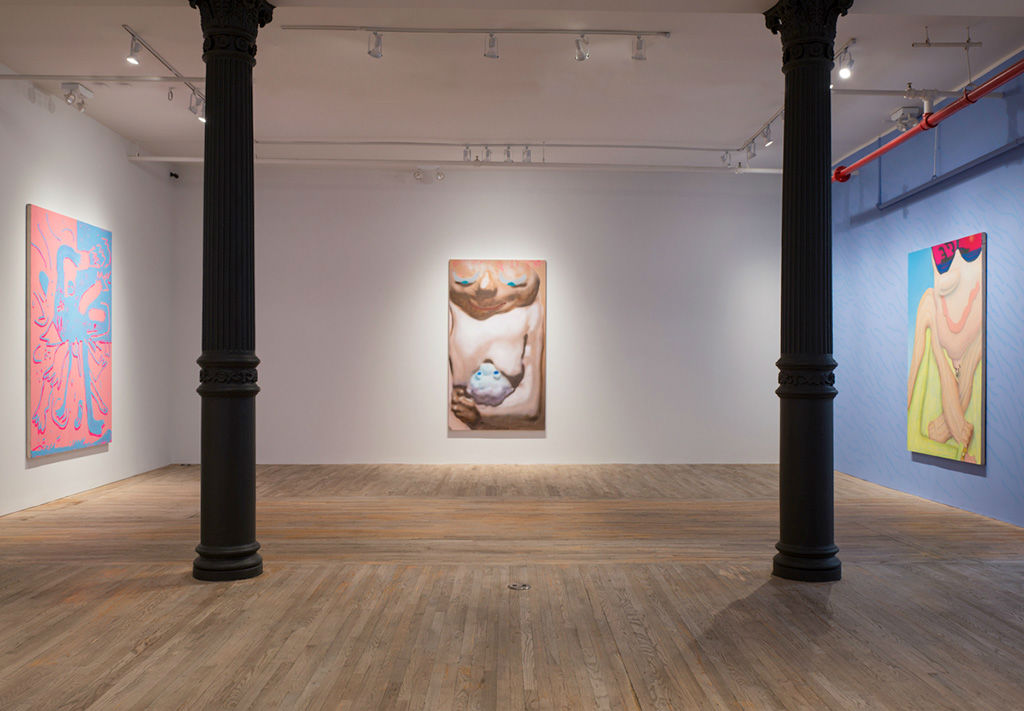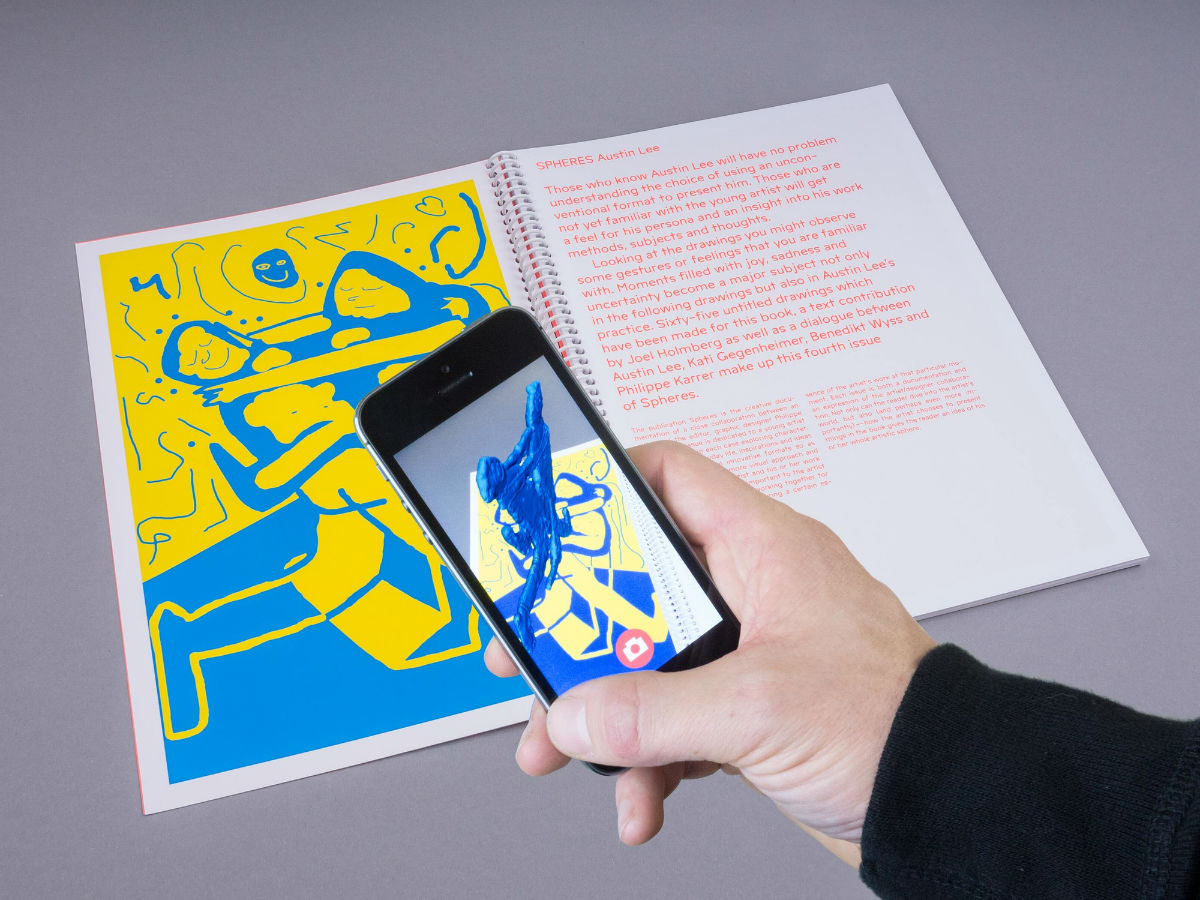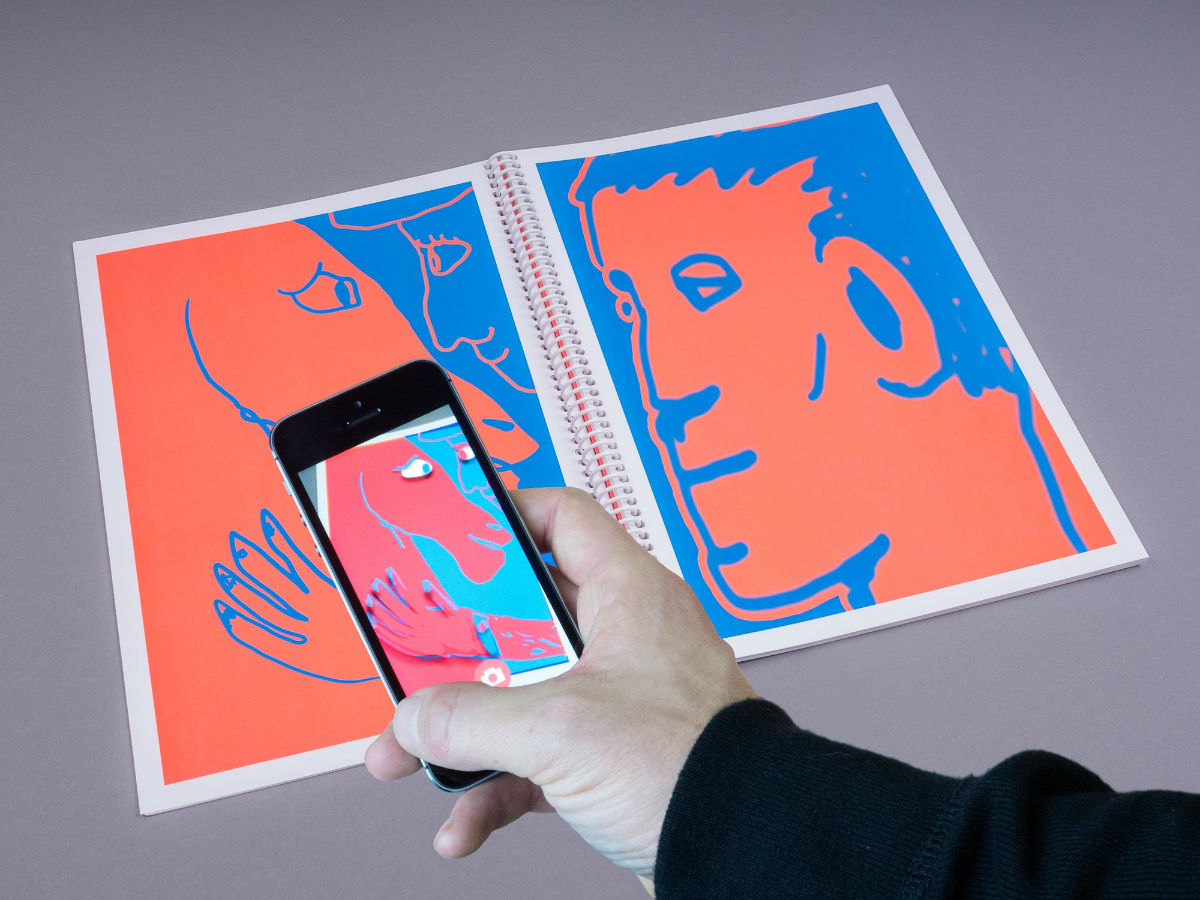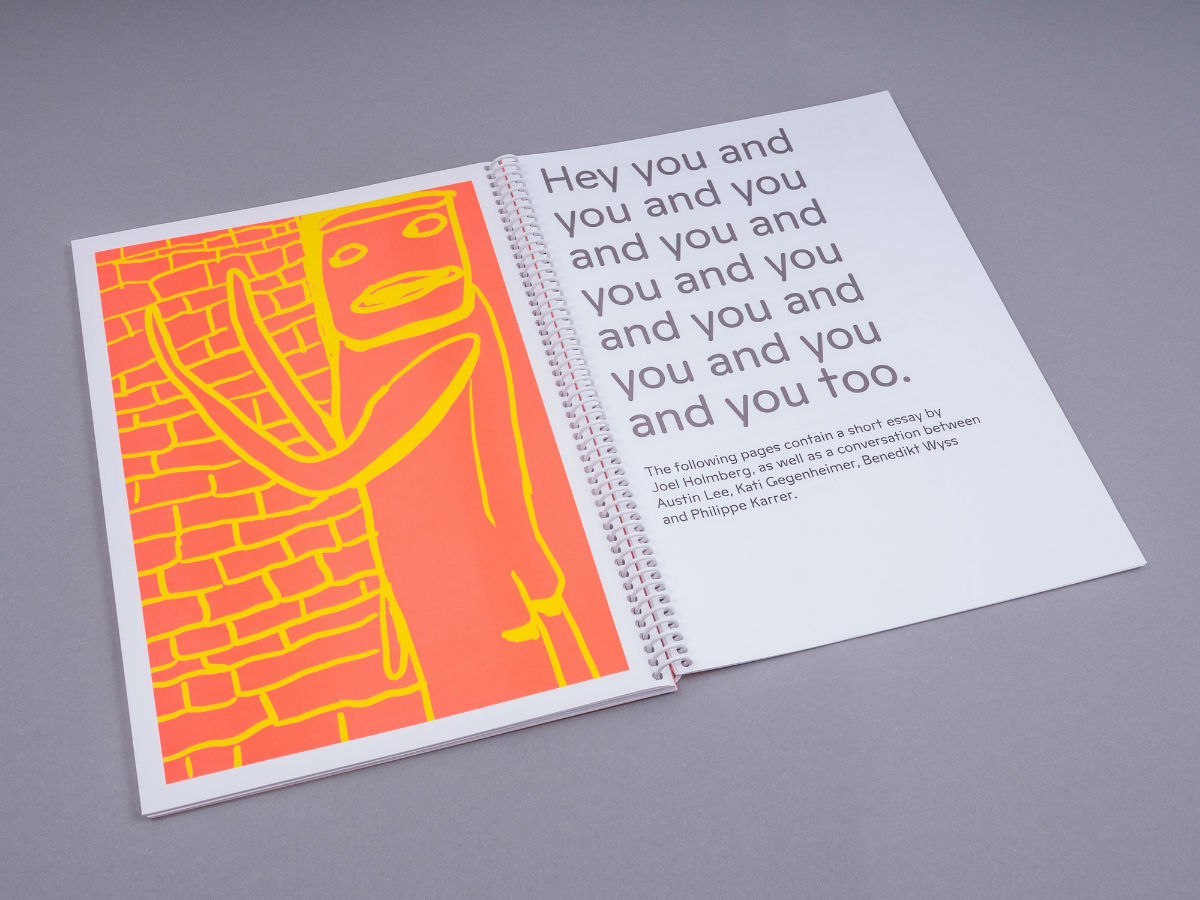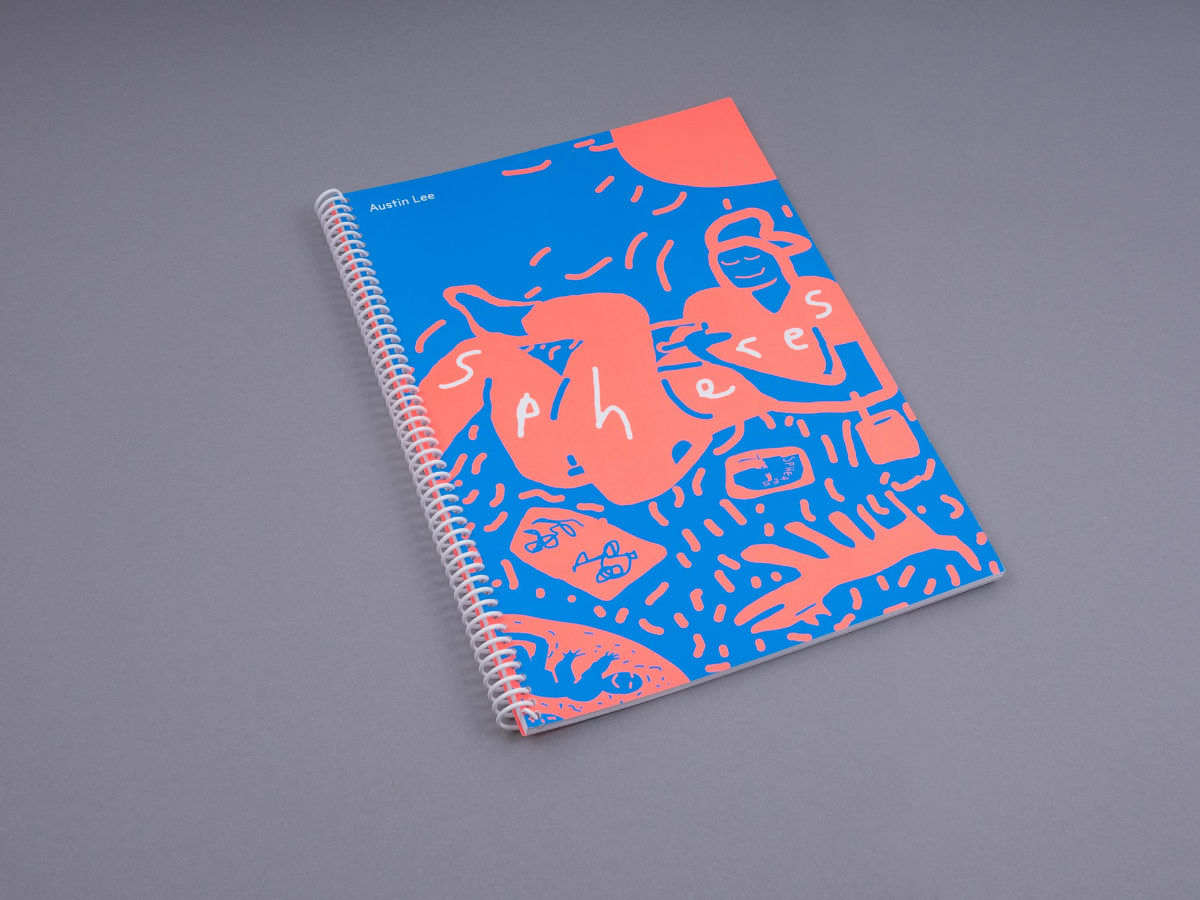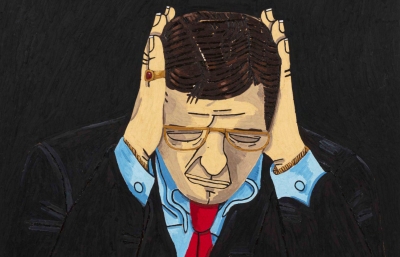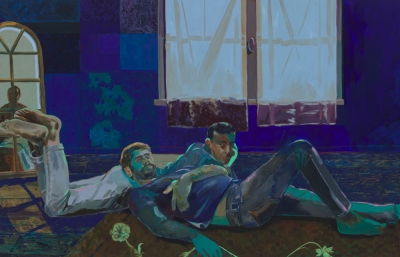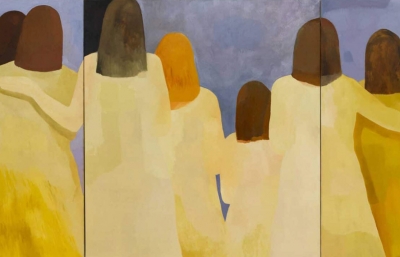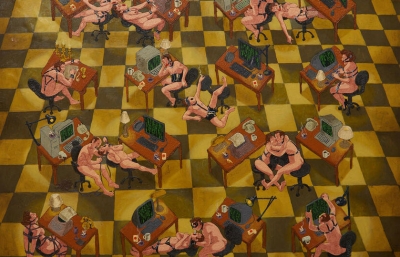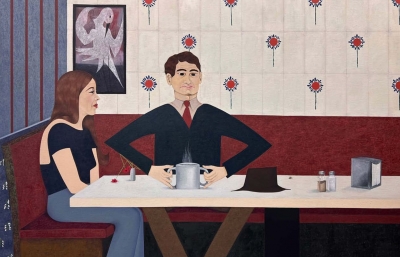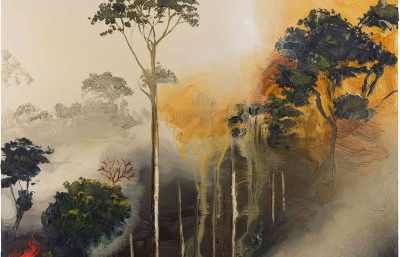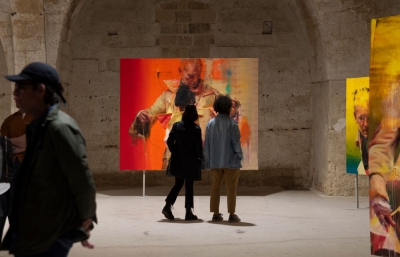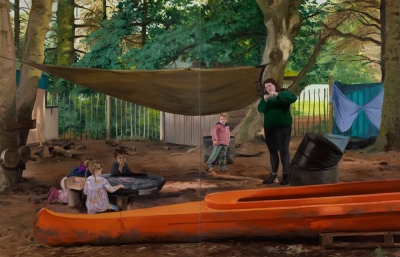Several years ago, while witnessing a 3D printer sluggishly constructing a miniature skull for the first time, I imagined various ways that artists could experiment and manipulate the new tool to their advantage. True, many artists have already employed 3D printing as an artistic medium. But, for me, nobody has utilized this new technology within their process better than Austin Lee.
This is an excerpt from the February, 2016 issue of Juxtapoz.
I believe this largely because his final product does not allude to, or resemble, anything fabricated from plastic. Most people’s first impression is that they are probably built from clay, and upon further scrutiny, they appear highly texturized, clumpy like clay, occasionally blurry, limited in rendering, hypnotizing in their presence. The busts of both his mother and father were the most recent subjects of this medium to make a gallery appearance, in an exhibition titled Nothing Personal.
Incorporating new technology into his art is one of the many defining qualities of Lee’s practice. Using an iPad for his initial sketches or “digital doodles,” Lee swiftly draws, erases, redraws, deletes, and then, eventually saves. These sketches serve as blueprints for later paintings, and sometimes the actual painting is photographed and put back into Photoshop for alterations and ideas. Using another new technological tool, Lee created a series of watercolor paintings using a robot that mirrors digital artwork with a paintbrush. When asked about applying new technologies to his practice, Lee advised, “New technology is an opportunity to explore. It’s important for artists to experiment and find new ways to use tools and to question them.” Recently releasing the first publication of his work, Lee continues exploring the world of augmented reality, inviting viewers to download an application to enhance the viewing experience as Lee’s drawing visually come to life. It’s brilliant and capable of entertaining all ages with intensely colored, childlike drawings.
Lee had his first solo exhibition in New York last year, so, in many ways, he’s the new kid on the block who’s already established. He has, in a significantly short time span, attracted the attention of gallerists and collectors alike, establishing a feeling that he’s been here the whole time—which he has. Lee got an MFA from Yale and has been working on his art for over a decade, but moving to New York seems to have been his big break. Visiting and chatting with him, I started to understand why so many people have been quick to applaud his work. He’s fully committed and borderline obsessive, continuously questioning the ideas and processes of his art. Energetic and inquisitive, his appetite for creativity and production is headed down the fast lane. —Austin McManus

Austin McManus: I am fascinated by the “augmented reality” application you created in collaboration with Phillippe Karrer. The merging of new technology and publishing for an alternative viewing experience is exciting. How did the inspiration for these ideas develop, and have you considered applying it in other aspects of viewing your work, such as an exhibition?
Austin Lee: One of Philippe’s friends is a programmer and they figured out a way to show 3D objects in the round digitally. We tried that out and it was great, and then I came up with the idea of animating the drawings. We tried to keep the functionality really simple and straightforward. I don't love the idea of someone looking at a painting through an iPhone, so I've been reluctant to use it for anything else. Most people spend only a few moments in a gallery looking at a painting. I'd rather them actually look at the painting than look at a phone. A printed book is different because it's a reproducible object. If you own the book, you can experience it multiple times at your own pace. It's important to do something because it's useful or interesting, not just because you can. The app portion of the book becomes a way to have an additional experience. It doesn't get in the way, and hopefully it just adds something.
That’s a very valid point about the very minimal time someone looks at a painting. Have you seen any children’s responses to viewing the book through the app?
Yes, children usually respond the same as adults. Confused, excited and curious.
I’ve noticed there have been a handful of artists experimenting with virtual reality art experiences. Do you have any thoughts on using this technology as a medium for viewing art, and is it something you have considered exploring yourself?
I've read a few books by Jaron Lanier, a pioneer of virtual reality. I think the way he discusses VR is especially interesting. He talks about it as a potentially transformative mental experience. It reminds me of a dreamlike state where things and ideas can shift and change and have different meanings, some kind of post-symbolic communication. I haven’t messed with it much myself but definitely would, given the right circumstances.
The other day, we were having a conversation about being the last generation before the total immersion of technology, and how the current generation will have no context for what that was like before. I feel fortunate to have been able to watch that evolution. What are your thoughts on growing up and experiencing part of history?
I think every generation has different issues to deal with. The rapid growth of technology is especially relevant today. I imagine that major shifts in how humans interacted and communicated used to happen more gradually over the course of a generation, but now these developments might happen several times in a person's lifetime. For example, body language plays a huge role in how we communicate. We lose that with texting, but we still try to adapt and find new ways to fill in the gaps with emoticons, for example. Things get difficult when new mediums appear and are quickly replaced before we can work out the bugs, or right when we are starting to. I feel like video chatting is close to good but it doesn’t work because the cameras are in the wrong spot so there is no eye contact. It’s a small thing, but it really ruins the whole experience. Probably by the time phone developers figure out to put the camera in the center of the screen, we will be using video holograms poorly.
We were trying to predict what would replace Instagram, because eventually something will, or our attention span will drift and we’ll desire something else. What are some of the impacts of social media, and more specifically Instagram, on our culture and how we view ourselves?
It's interesting how a medium changes the way we perceive images. On paper, Instagram and Flickr are similar, but they're used way differently. There is an assumption on Instagram that you are getting an inside look into someone else’s life. Flickr doesn’t function in the same way. A poorly composed photo might seem like a candid look into a friend’s life on Instagram, while on Flickr, it's just a poorly composed photo. I think it’s interesting how subtle design decisions can drastically change the way people interact with each other, for better or worse.
----
Austin Lee's book "Spheres" and the accompanying app are available here.
Read the full interview in the February, 2016 issue of Juxtapoz Magazine, available here.

